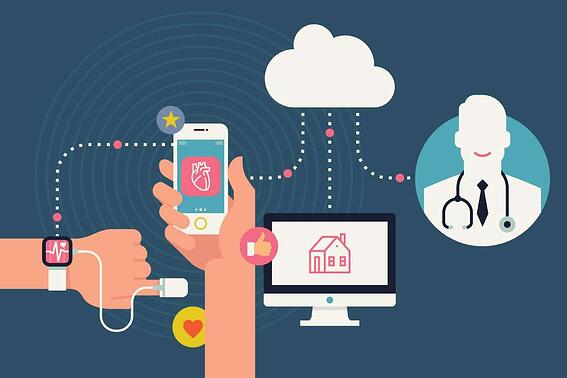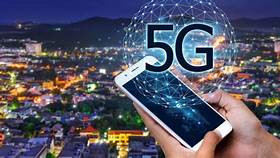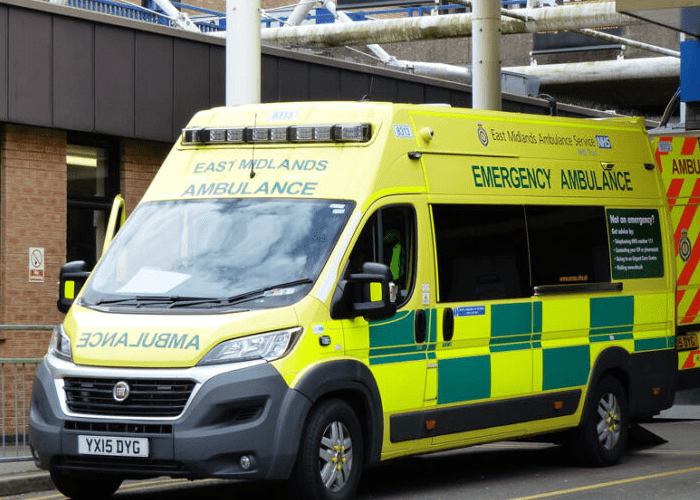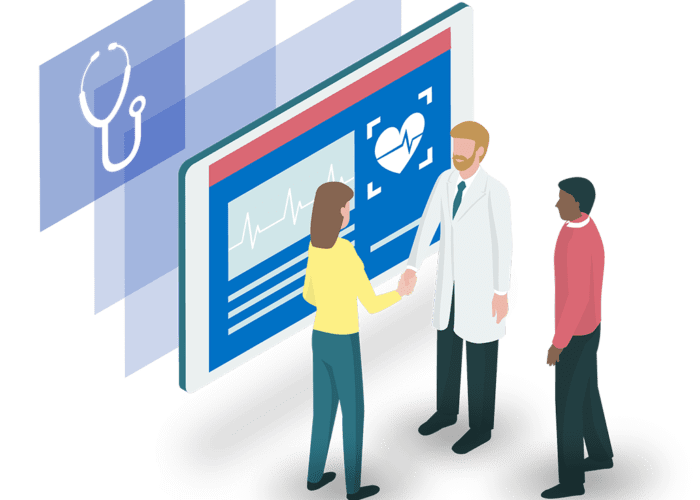The healthcare industry has long been one of the most exciting sectors for the Internet of Things (IoT). The quality and effectiveness of care increases exponentially when doctors and nurses have access to more data. Diagnoses are more accurate, treatments are more targeted, and serious conditions can be detected earlier.
The cost of care also is reduced for the patient as a result of IoT. According to the Bureau of Labor Statistics, the average American spent nearly $4,968 on healthcare in 2018. With the advent of wireless remote diagnostic and monitoring tools, IoT solutions have helped reduce healthcare costs by reducing hospital readmissions, lowering medication non-adherence, and increasing wellness management by using connected smart devices and wearables to collect and analyze medical data. As a result, Markets and Markets estimates that potential savings from deploying IoT in healthcare will be around $63 billion globally by 2022.
All of these positive outcomes point to a continued trend of growth for the Internet of Medical Things in 2020. A study from Reportlinker predicts that investments for the implementation of IoT solutions in the healthcare sector will drive a 19.9% annual market growth between now and 2025, eventually reaching an estimated $534.3 billion. As we look forward to the following year, here are the current challenges facing IoT in the medical industry and what can be done to overcome them for a more effective year in IoT-enabled healthcare.
Wearable Healthcare Monitoring Devices are Getting Better and Better
Wearable devices still are the front line for medical IoT. Aside from consumer fitness products, like Fitbit or the Apple Watch, FDA-approved wearables that are programmed to monitor patient conditions in real time are dropping in cost and growing in sophistication. More affordable sensor technology and greater availability of open source libraries, embedded engineering frameworks, and APIs are enabling cost-effective and fast software product development.
With these affordable, effective wearable devices, healthcare providers can receive a real-time picture of a patients health. Doctors can monitor their patients blood pressure, blood chemistry, brain activity, glucose levels, pain levels, and a host of other body metrics. Dedicated IoT networks can use sensor data from wearables to diagnose the potential of conditions such as diabetes or atrial fibrillation, alerting both the patient and the doctor to schedule an in-person checkup as soon as possible.
Wearable devices can also help patients track their medication schedule, set reminders for taking medication, and automatically refill prescriptions when they are running low. For patients dealing with degenerative diseases such as rheumatoid arthritis, IoT wearables outfitted with mobility sensors can help improve gait and guide patients through regular exercises to maintain strength.
5G is Just Rolling Out and Still Has Incredible Potential
With the emergence of new 5G technologies, IoT services and applications within the healthcare industry are set to become more connected than ever. 2020 promises to have more connected 5G networks than 2019, but there still is a long way to go before widespread, reliable deployment will enable some of the more exciting healthcare innovations that a 5G-powered IoT infrastructure promises.
A single patient can generate hundreds of gigabytes of data each day, from patient medical records to the large image files generated by MRI, CAT, or PET scans. Adding a high-speed 5G network to existing architectures can help quickly and reliably transport huge data files of medical imagery, which enables healthcare providers to improve both access to care and the quality of care for their patients. For a city such as Houston, which is currently rolling out 5G infrastructure and boasts a top-tier medical center, this level of data processing will become more common in 2020.
In March 2019, a doctor in China used a 5G-connected robot to insert a stimulation device in the brain of a Parkinson’s patient nearly 1,900 miles away. In summer 2019, Chinese doctors remotely monitored portions of three simultaneous orthopedic procedures using surgical robots and 5G. All operations were considered successful, in a dramatic milestone for remote surgery. While these modern miracles are still many years away from becoming widespread and viable for the majority of healthcare facilities and patients, 2020 will undoubtedly see more advancements in remote surgery technology and more testing in 5G environments.
Aeris Provides Key Healthcare Connectivity
Aeris provides IoT cellular connectivity that enables medical device manufacturers and healthcare providers to achieve the highest levels of patient engagement and medicinal adherence. The insights gained from a connected healthcare deployment enable new business models, market differentiation, operational efficiencies, and decreased healthcare costs for both patients and providers. With our new and improved Aeris Intelligent IoT Network, doctors and nurses have access to future-proven connectivity and monitoring solutions that can improve health outcomes and quality of life with real-time support and interventions.
Stay tuned as Aeris subject matter experts give their insights to the upcoming year.
To learn more about our connectivity solutions for the healthcare industry, contact Aeris today.




